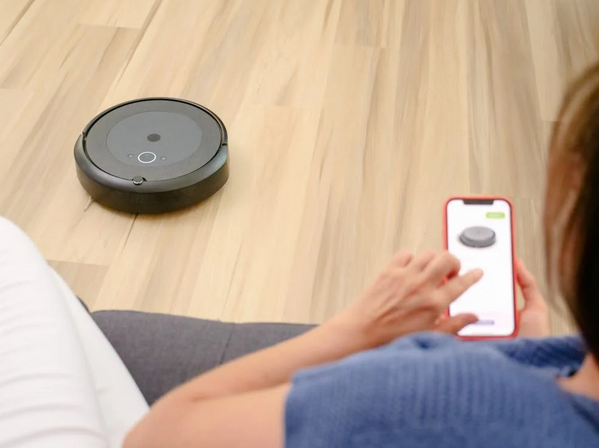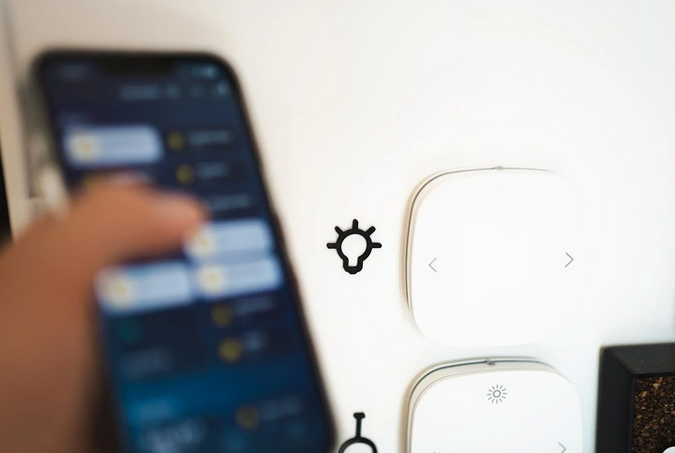How Technology Helps Homeowners and Tenants Receive the Best Home Services
Smart Home Technology

Smart home gadgets are not just about convenience; they also assist in diagnosing and resolving home issues. Devices such as smart thermostats, leak detectors, and security cameras provide real-time data that can be shared with service providers. For example, a smart thermostat can alert a homeowner to an HVAC issue, allowing them to arrange for a repair before the problem escalates. Some smart systems can even troubleshoot issues remotely, reducing the need for in-person visits. Tenants, too, benefit from these advancements, as property managers can monitor and address issues proactively, ensuring a seamless living experience.
On-Demand Home Service Platforms
The rise of on-demand Home Service Leads has made it easier than ever to connect with professionals. Platforms like TaskRabbit, Handy, and Angi allow users to find verified experts for various tasks, including plumbing, electrical repairs, cleaning, and landscaping. These platforms offer user-friendly interfaces where homeowners and tenants can describe their needs, review profiles, and select a service provider based on ratings and reviews. This convenience eliminates the hassle of calling multiple companies or relying on word-of-mouth recommendations.
Virtual Consultations and Remote Assistance
Virtual consultations have become increasingly popular, especially when an immediate physical visit may not be necessary. Using video calls, homeowners and tenants can show service providers the issue, enabling professionals to assess the situation and provide initial guidance. This approach not only saves time but also allows for cost-effective solutions. Minor problems that can be resolved with remote guidance spare homeowners the expense of a full-service visit. Moreover, this method enhances accessibility, particularly in rural areas where skilled technicians may be unavailable.
Online Booking and Payment Systems

Gone are the days of cumbersome paperwork and lengthy phone calls to secure appointments. Online booking systems have revolutionized how home services are scheduled. Many platforms and service providers now allow users to book appointments through websites or apps, often offering instant confirmation and reminders. Integrated payment systems simplify the process, enabling homeowners and tenants to pay securely and conveniently after completing a job. Transparent pricing models ensure no hidden fees, fostering trust between clients and service providers.
Automation in Maintenance and Repairs
Predictive maintenance is another area where technology excels. Automated systems can monitor the condition of appliances, HVAC systems, and plumbing to detect early signs of wear and tear. Homeowners and tenants are alerted to potential problems before they become costly repairs, ensuring the longevity of their home systems. Automation tools for landlords managing multiple properties can track and schedule routine maintenance across all units, enhancing tenant satisfaction and reducing long-term costs.
The Role of AI and IoT in Future Home Services

Looking ahead, advancements in AI and the Internet of Things (IoT) promise to take home services to the next level. Imagine a home that self-diagnoses issues and contacts service providers on behalf of the owner or tenant. Such innovations are not far from reality, with IoT-enabled devices already paving the way. These technologies ensure that homeowners and tenants receive prompt, efficient, and tailored solutions, setting new benchmarks for quality and convenience in-home services.
Technology has redefined how homeowners and tenants access and benefit from home services. From on-demand platforms and smart home devices to predictive maintenance and AI-driven personalization, technology integration ensures efficiency, reliability, and a superior customer experience. As advancements continue, the future of home services looks brighter, offering even more innovative ways to enhance the comfort and functionality of living spaces.
